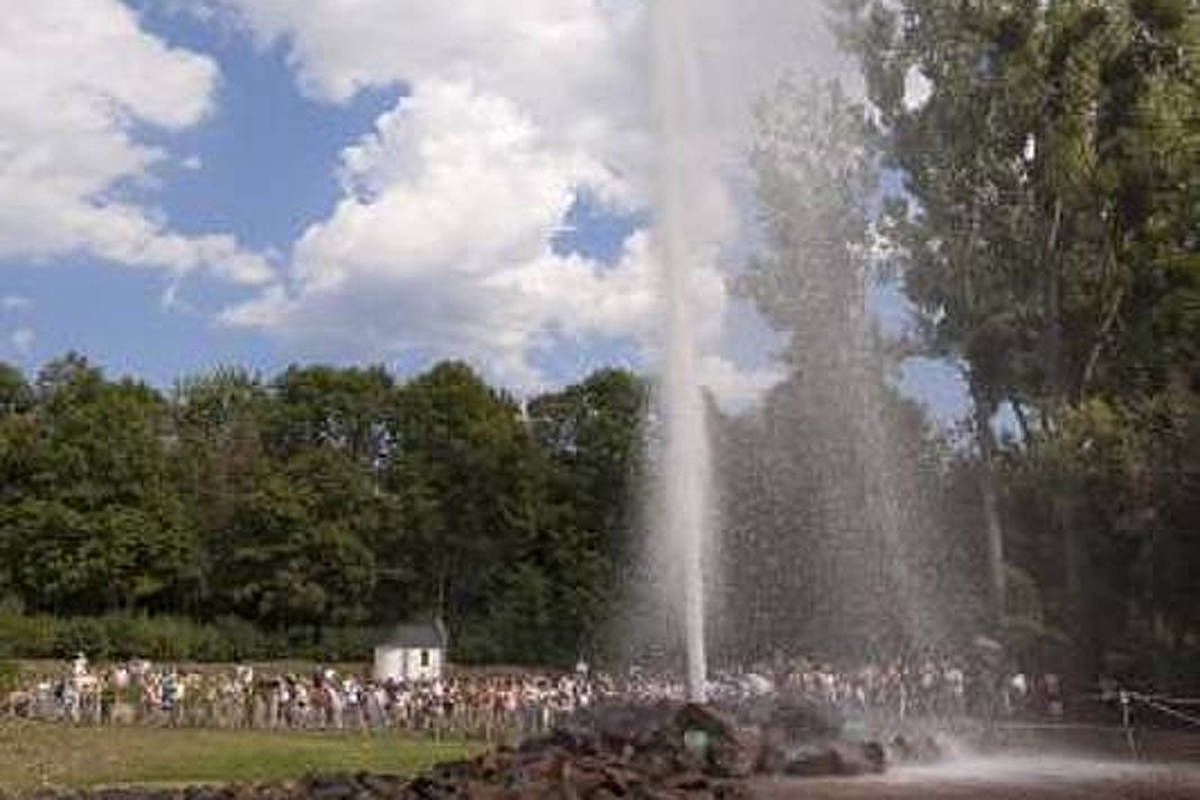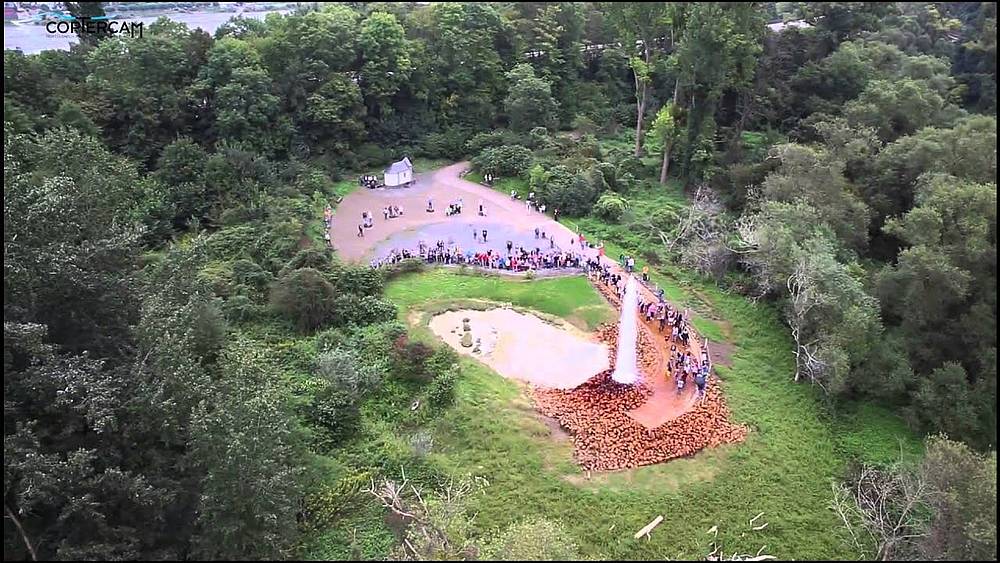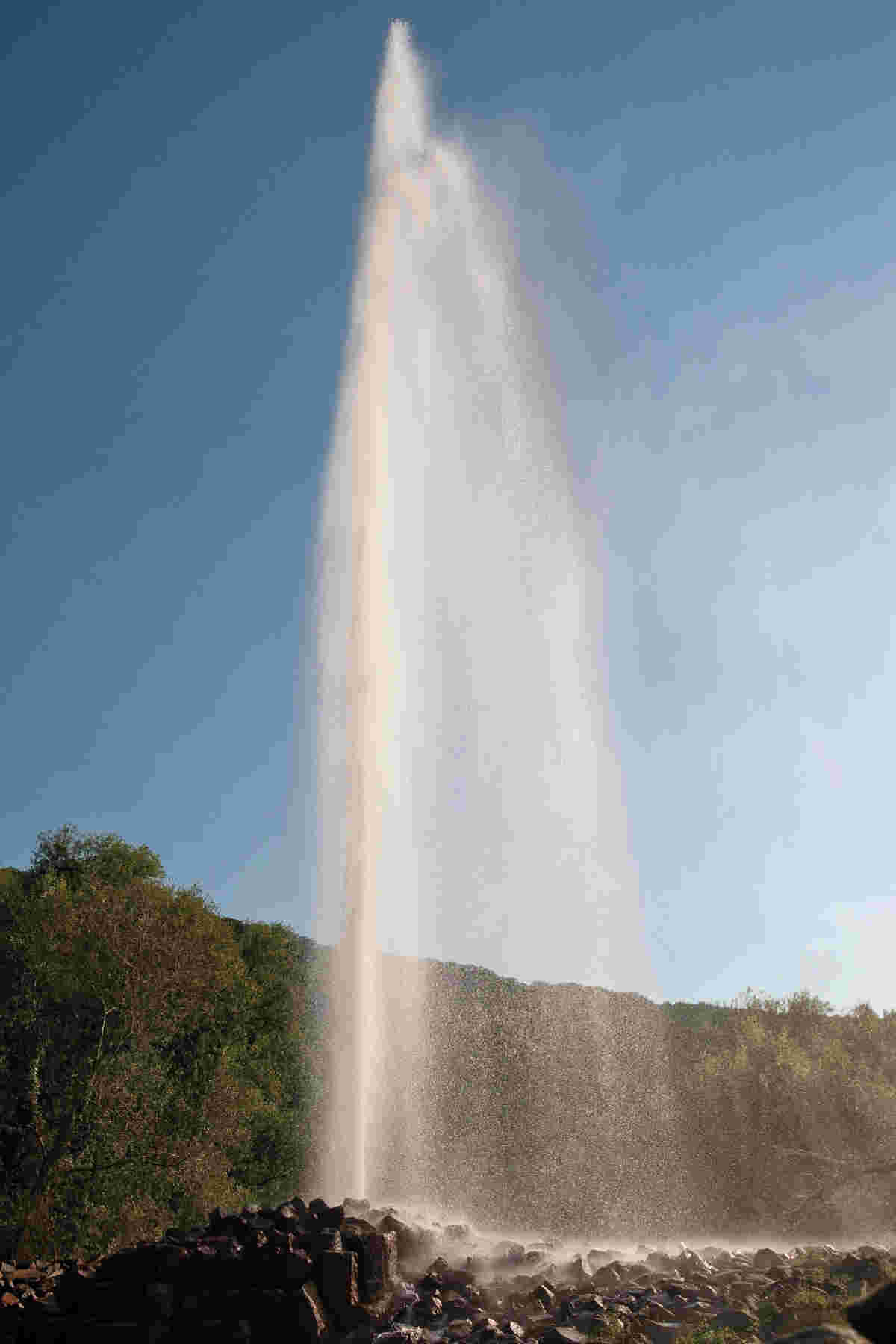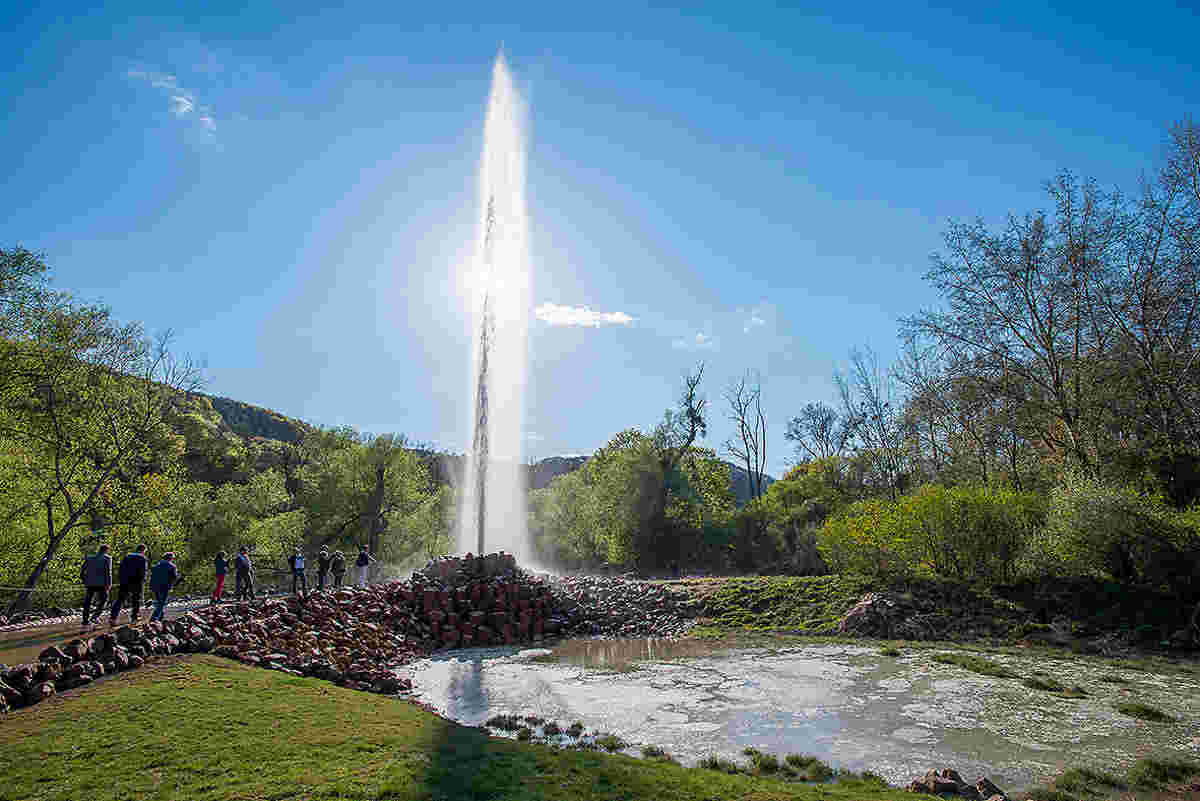![]()
Visit to the cold water geyser in Andernach.
Let's go on a day cruise with our event ship! You can get on at several stations on our cruise. Passing the picturesque landscape, our event location will take you to Andernach. There you will find the highest cold water geyser of its kind in the world.
When will you visit the geyser with us?

All inclusive
This theme trip includes the trip to Andernach as well as the entrance to the Geysir Center and the transfer from Andernach to the peninsula "Namedyer Werth".
![]()
More information
Your on-site discovery tour begins at the Geyser Center. It goes down to 4000m under the earth. There is the origin of the geyser. Experience and discover what happens under the earth before you marvel at the eruption of the geyser.
At 3pm the Namedy will take you to the peninsula "Namedyer Werth" where the geyser is located.
This tour is a day tour with 2 attempts. You can find the second attempt under "Sayn Castle and Butterfly Garden".
All info at a glance
- Prices
- Adults and seniors 29.90 €
- children (4-13 years) 20.90 €
- reduced fare from the stations Remagen or Linz
- For groups we recommend to pre-order a meal in our restaurant
- Included in the price: Fare, the entrance to the Geysir Center and the transfer from Andernach to the peninsula "Namedyer Werth".
- Branch (Bonn): Alter Zoll, bridge 9
Cold water geyser in Andernach
Cold water geyser in Andernach - natural spectacle on the Rhine
The eruption of the cold water geyser in Andernach is probably one of the most impressive natural events, which attracts countless tourists every year and impresses again and again.
Highest geyser worldwide
The geyser in Andernach, originally called Namedyer Sprudel, is the highest cold water geyser in the world. It is located on a peninsula in the Rhine River, near the Rhineland-Palatinate town of Andernach in the Mayen-Koblenz district.


How long has the cold water geyser in Andernach existed?
In 1903, people first became aware of the cold-water geyser in Andernach. At that time, bubbles were observed rising in the area of the old Rhine arm. Carbon dioxide for mineral water was to be extracted from the carbonic acid deposits there. Now the first drilling took place at a depth of almost 350 meters, during which the geyser was awakened for the first time. The 40 meter high eruption was already impressive at that time.
The eruption of the cold-water geyser in Andernach soon got around and was not only used profitably for the marketing of the Minderal water "Namedyner Sprudel", but also attracted more and more tourists who wanted to admire this natural attraction. For many years the fountain of the geyser was the symbol of the Namedyner Werth.
In 1957, the facility was shut down. The reason for this was extensive damage, which made it necessary to stop the operation. In 1967 the borehole was closed with a special slide valve. In the 1990s, the first efforts were made to reopen the cold water geyser for tourism. However, nature conservation regulations were already very strict at that time and initially made reactivation impossible.
The peninsula became the property of the city of Andernach in 1990.
In 2001, a new drilling brought the geyser to erupt again - again directly up to a height of 40 meters. Subsequently, however, the borehole was closed again by means of a barrier. The Bund für Umwelt und Naturschutz (Association for the Environment and Nature Conservation) initiated a legal dispute against the city of Andernach, in which it was finally agreed in 2005 that the cold-water geyser would receive permission to jump and could be made accessible to tourists if all the required nature conservation conditions were observed. Since 2006 the cold water geyser in Andernach is in action again.
What happens when the cold water geyser erupts in Andernach?
For the eruption, every geyser needs a rising channel that catapults the water into the air. The cold-water geyser in Andernach is no exception. In its drilled well, water enriched with carbon dioxide collects in different groundwater-bearing strata. This causes the water column to slowly rise to the surface of the earth. When the well is filled to the brim with water, a pressure of about 35 bar
is simultaneously generated at the bottom of the well, for which the mass of the water column is responsible. This results in a multiple dissolution of CO2.
The groundwater flowing in, which is further enriched with carbon dioxide, eventually reaches the crucial point where no further gas can dissolve. This results in complete saturation of the water with CO2, which rises to the top where lower pressure conditions prevail. The volume of the gas bubbles increases and expands. The water is displaced and the cold water geyser fountain overflows. The pressure of the water column decreases at the same time, which causes more and more carbon dioxide to escape from the water and rise into the air. In this process, the water is displaced from the fountain. This is followed by an increasingly rapid degassing - like a domino effect. The meter-high gas bubbles pull the water up with them and cause the cold water geyser of Andernach to erupt. The water fountain continues to build up, reaching a height of about 60 meters. After a period of 6 to 8 minutes the geyser is emptied and the cycle starts again. After about 115 to 120 minutes this spectacular natural spectacle repeats itself.

